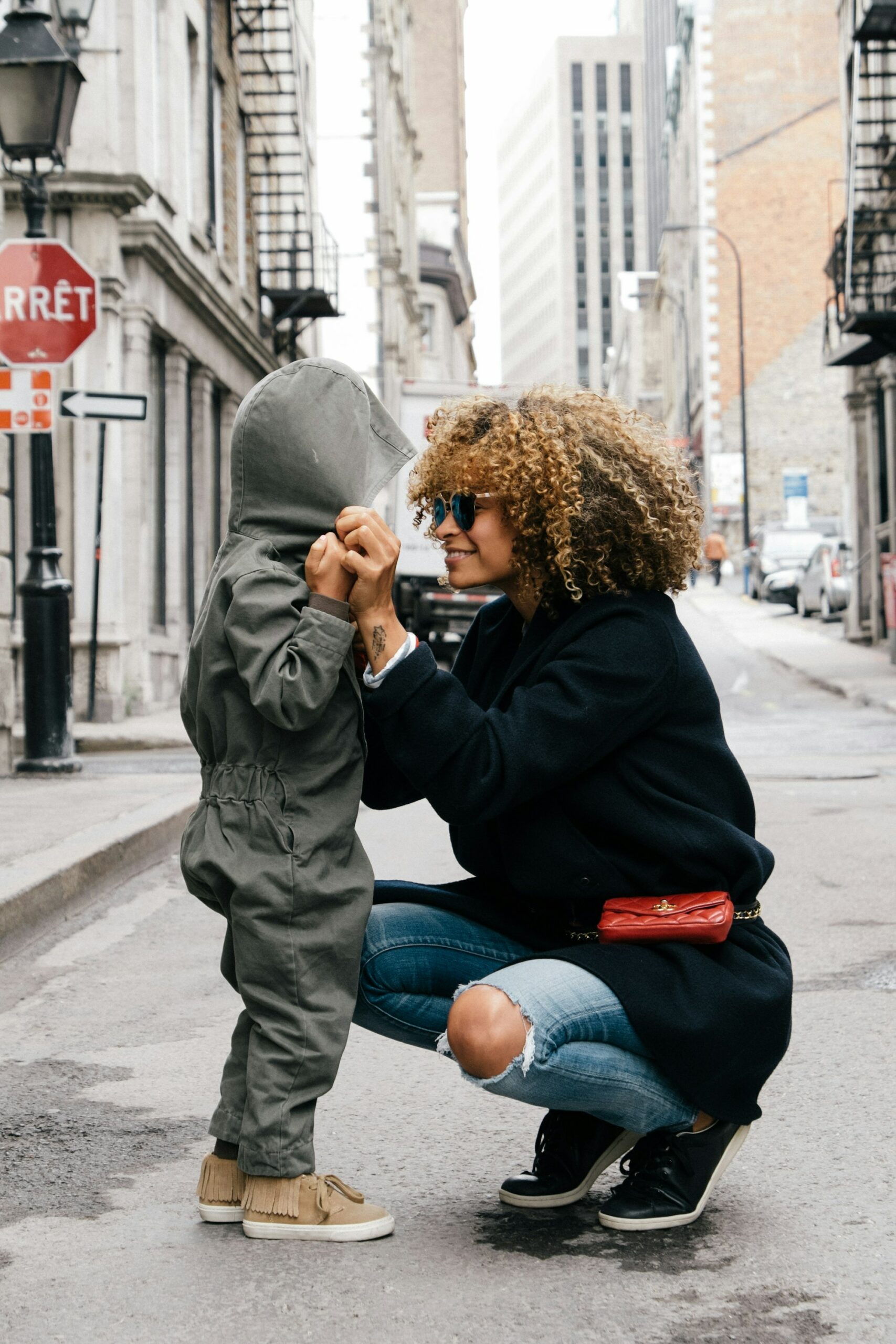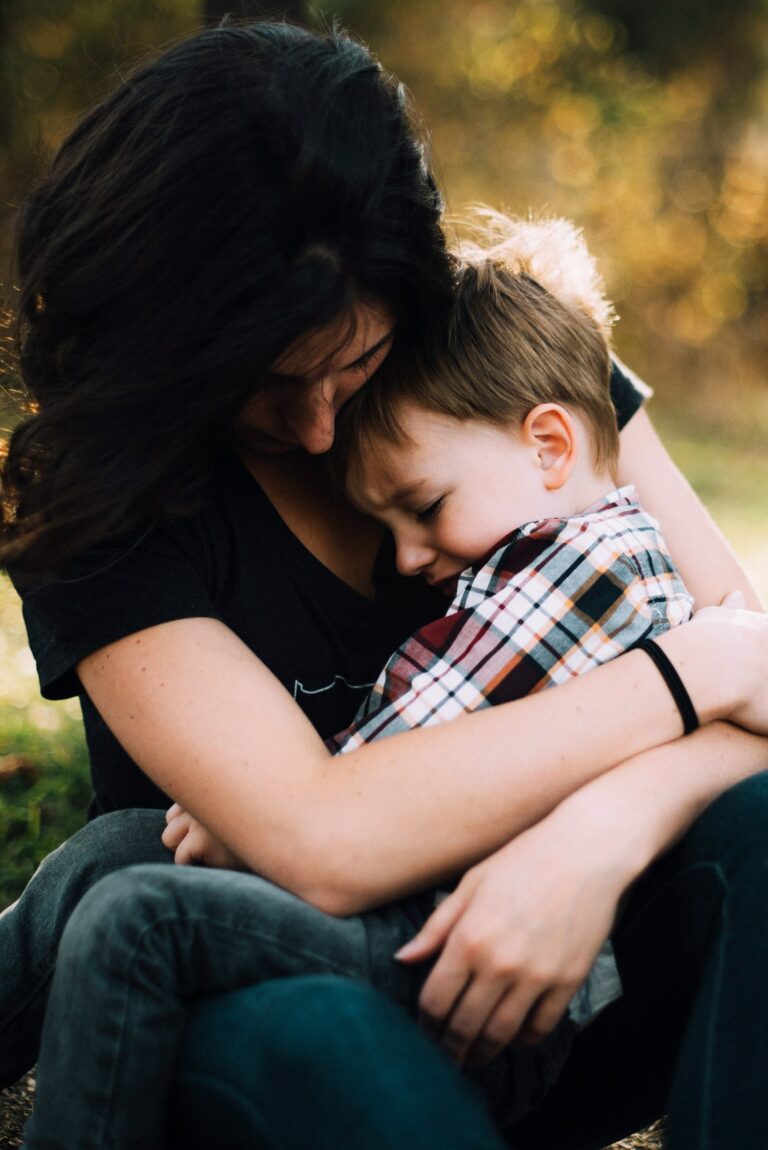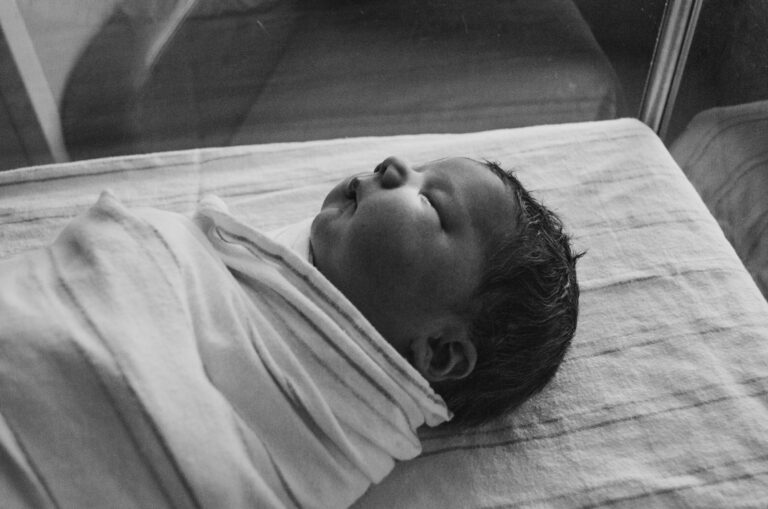Children don’t simply grow in physical stature; they flourish, emotionally, as mirrors—reflecting back the energy, moods, and behaviors swirling around them. Ever found yourself startled by your child’s outburst, only to later realize, with a twinge of surprise, that their anger closely echoes your own reactions? This is the mirror effect in parent child relationship at work. Many parents grapple with questions: Why does my child react with such intensity? How do my actions shape their emotional world? Amid the relentless rhythm of everyday family life, deciphering these complex, emotional exchanges can be daunting. Yet, by understanding this dynamic interplay, you can foster a more secure attachment, nurture resilience, and shape communication patterns that last a lifetime. Here, you’ll discover insights grounded in psychology and neuroscience, demystified in practical language, with compassionate strategies for shifting difficult patterns toward growth and connection.
What Is the Mirror Effect in Parent-Child Relationship? The Foundations
Imagine a newborn absorbing a parent’s facial expressions, with brain circuits firing and mirror neurons tuning into moods like a radio. The mirror effect in parent child relationship is more than simple imitation; it’s a reciprocal dance—children absorb, echo, and respond to both the spoken and unspoken cues from their parents. Decades of attachment research (the work of Winnicott, Bowlby, Ainsworth) confirm that the way a child is “mirrored”—seen, heard, and validated—builds the architecture for self-worth and emotional regulation. This dynamic is powered by emotional attunement, an intricate, ongoing process where the adult intuitively responds to a child’s internal states, labeling and soothing emotions, and gradually fostering the child’s own coping abilities.
Neuroscience shows that mirror neurons—the brain cells that activate both when we act and when we observe someone else acting—help explain why a parent’s calm presence can diffuse a storm, or why chronic parental stress may ferment anxiety in the young. Mirroring isn’t just psychological; it’s biological, underpinning empathy, social connection, and even shaping the pathways that determine emotional intelligence.
Everyday Family Dynamics: Burstiness in Emotional Exchanges
Just picture the familiar scene: a toddler throws their snack to the floor in protest. Do you respond with a breath, naming the frustration, or does a wave of impatience break through? The mirror effect in parent child relationship weaves itself into these split-second encounters. When parents model calm, assertive communication (“I see you’re upset. Let’s find a solution together”), children internalize patterns of emotional validation and open dialogue. By contrast, harsh reactions often echo back as tantrums or defiance; emotional patterns amplify and ricochet within the family, sometimes escalating in a matter of moments.
- Short phrases, such as “I’m here for you,” provide clarity and emotional ballast.
- Longer, more detailed conversations during moments of calm help build a child’s self-awareness: “When you’re sad, your stomach might hurt. That happens to me, too.”
- Repetition and varied responses aid in cementing emotionally intelligent habits, while inconsistency can sow uncertainty.
Every interaction is a micro-lesson in resilience and empathy. Pausing to label emotions—“You look disappointed because your block tower fell”—teaches children emotional vocabulary and sets in motion the neural choreography for self-regulation.
When Parents See Themselves Reflected: Contemplating Self in the Mirror
Is it unsettling to witness your own habits—impatience, sarcasm, perhaps, or resilience—mirrored in your child’s behavior? The mirror effect in parent child relationship doesn’t spare anyone. Parents, too, feel the sting of recognition: “Why does my child mimic my reluctance to try new things?” This phenomenon can trigger discomfort, but also presents a profound opportunity for intentional change.
Rather than fixating on moments of conflict or slipping into self-criticism, consider engaging in reflective practice:
- Notice the behaviors that trouble you most. Are they echoes of your own responses under pressure?
- Seek out your child’s small victories—sharing, persistence, empathy—and celebrate these as affirmations of your influence.
This perspective shift not only restores a sense of competence but amplifies your awareness of the positive cycles already in play. As subtle shifts build over time, the entire family system recalibrates toward well-being and mutual respect.
Learning by Imitation: Parents as Living Models
Children, like finely tuned radar, absorb not just instructions but the mood, rhythm, and intonation of family life. The mirror effect in parent child relationship shows up vividly here—children internalize adults’ strategies for emotional regulation by watching them handle adversity, express joy, or repair after a conflict.
Psychologists such as Bandura (social learning theory) underscore the importance of observable modeling: your ability to remain present during stress, apologize after shouting, or laugh together in playful moments imbues your child with a psychological blueprints for navigating their world. Consider:
- Consistency: Repeating key routines or phrases fosters security—children feel safer, and are more likely to seek help when distressed.
- Modeling vulnerability: Admitting, “I felt overwhelmed. I needed a break,” grants children emotional permission to struggle and recover, without shame.
- Gentle correction: Labeling missteps—yours and your child’s—without harshness, seeds long-term growth.
Through these everyday interactions, you become the emotional tuning fork for your young learner.
Science Behind Mirroring: Theories and Brain-Based Evidence
Attachment theory positions the parent as the original mirror for the developing self. Donald Winnicott’s research on the “mirror-role of the mother” is echoed in today’s neuroscience, which documents that repeated, sensitive responses shape neural pathways and influence stress responses for years to come. Early, consistent mirroring fosters secure attachment, robust emotional intelligence, and smoother social functioning.
- Mirror neurons, identified in the 1990s, explain the almost automatic matching of emotions between parent and child. When you smile, your baby’s brain primes itself to mirror the emotion.
- Inconsistent or emotionally distant mirroring, conversely, correlates with difficulties in self-esteem and challenges in forming healthy attachments later on.
- The integration of behavioral science (Bandura, Bowlby) and neurobiology now paints a compelling picture: emotional exchanges between parent and child are the substrate upon which empathy, resilience, and even future mental health are constructed.
Roots of the Mirror Effect: Family Histories, Culture, and Temperament
Why do some children seem especially attuned to their parent’s emotional states, while others remain unfazed? The mirror effect in parent child relationship springs not only from daily interactions, but from broader influences:
- Parental emotional history: Intergenerational patterns—how emotions were handled in your own childhood—often come alive in moments of stress.
- Culture: Some families prize emotional stoicism, while others encourage vivid expression. These norms become models for what’s mirrored back.
- Temperament: Highly sensitive children require more attuned, nuanced responses to foster healthy self-concept, while more easygoing children may absorb and reflect only the most overt cues.
Understanding these factors can lift some of the weight from parental shoulders; reacting intensely to certain behaviors might be less about “good” or “bad” parenting, and more a reflection of unique family blueprints.
Effects and Risks: When Mirroring Goes Awry
The mirror effect in parent child relationship yields both growth and challenge. Positive mirroring—open emotional expression, consistent empathy, and validation—plants seeds for strong self-esteem and adaptive coping skills. Children who feel genuinely seen and heard develop a toolkit for navigating frustration, disappointment, and social setbacks.
Negative, inconsistent, or absent mirroring, however, risks perpetuating cycles of shame and confusion:
- Children may struggle with emotional dysregulation, lashing out or withdrawing.
- Persistent negative cycles erode communication and can stifle the development of trust.
Emerging research underscores the long-term implications: ongoing, negative mirroring is associated with insecure attachment styles, increased risk of anxiety, and even altered patterns of neurodevelopment.
Recognizing Unhelpful Patterns and Transforming the Cycle
How do you know if the mirror effect in parent child relationship is caught in a negative loop? Watch for recurring conflicts, emotional outbursts, or withdrawal—these may signal that habitual patterns are being reflected back and forth. Observant parents can gently ask: “Which reactions are mine, echoed in my child? Which emotional cycles repeat themselves?”
Transformation hinges on mindful intervention:
- Acknowledge your own triggers with honesty and self-compassion.
- Name what’s happening—out loud, if possible. “We seem to have the same argument when it’s time to leave the house. Let’s try another approach.”
- Practice empathy consistently, even when tempers flare.
As these cycles unwind, space opens for richer, more individualized forms of connection.
Practical Strategies for Positive Mirroring
Infusing daily routines with deliberation and emotional openness can dramatically shape the mirror effect in parent child relationship. Try:
- Mindful presence: Instead of reacting on autopilot, pause. Breathe before responding, especially during intense moments.
- Emotion labeling: “You’re frustrated—it’s hard to wait.” Children crave clear language for what they feel.
- Validation and boundaries: Reflect their emotion, then set a limit. “It’s okay to be angry, but it’s not okay to hit.”
- Model repair: After a disagreement, explain how you calmed down and offer a plan for next time.
- Prioritize quality time: Shared activities—puzzles, building, or nature walks—create low-pressure opportunities for emotional attunement.
Where uncertainty or distress lingers, don’t hesitate to consult a pediatric professional for individualized guidance—a fresh professional perspective can be transformative.
Breaking Cycles and Planting Seeds for the Future
Self-reflection and professional support are powerful tools. If you notice persistent emotional patterns or feel stuck, mindfulness, parental support groups, and psychotherapeutic approaches can all help dismantle outdated cycles. Seek out resources that focus on empathy and self-regulation—small, intentional changes ripple outward.
Above all, celebrate successes—both yours and your child’s. Note the strengths, the laughter, the moments of repair after conflict. By consistently prioritizing positive mirroring and emotional openness, the mirror effect in parent child relationship becomes a force for growth and connection, rather than confusion or distress.
Key Takeaways
- The mirror effect in parent child relationship shapes children’s emotional and behavioral patterns through a dynamic interplay of observation, modeling, and neurobiological attunement.
- Mirroring underpins the formation of empathy, self-regulation, and secure attachment; positive, consistent mirroring supports resilience and confidence.
- Emotional and behavioral patterns—both helpful and unhelpful—often echo throughout the family, influenced by parental history, child temperament, and cultural context.
- Recognizing patterns and naming emotions breaks negative cycles, supporting well-being for both parent and child.
- Incorporate mindful pauses, clear communication, and emotional labeling to transform daily challenges into opportunities for growth.
- When parental doubts persist, consulting pediatric and psychological experts helps tailor interventions to your unique family blueprint.
- For tailored support, personalized advice, and free child health questionnaires, download the Heloa app—empowering your journey to more responsive, informed parenting.
Questions Parents Ask
What are some signs that the mirror effect is influencing my child’s behavior?
You might notice your child repeating your phrases, gestures, or emotional reactions, especially during moments of stress or excitement. For example, if you tend to raise your voice when frustrated, your child may start responding in the same way when they encounter challenges. Sometimes, a child will express worries or opinions similar to your own, showing that they absorb more than we often realize. Recognizing these patterns can feel surprising, but rassurez-vous—these reflections are common and simply show how attuned your child is to you.
How can parents gently redirect negative mirroring patterns?
If you observe your child imitating behaviors you find unhelpful—like shouting, impatience, or avoidance—essayez de voir cela comme une occasion d’apprentissage plutôt qu’un échec. You can gently acknowledge what’s happening: “I noticed we both get upset when things don’t go as planned.” Then, suggest a new approach: “Let’s try taking a deep breath together next time.” Modeling calm reactions, naming your own feelings, and apologizing when needed gives your child concrete tools for managing tough emotions. Remember, it is completely normal for both parents and children to have moments of frustration—you are both learning together.
Are there ways to encourage positive mirroring in daily routines?
Absolutely. You can encourage your child’s development by intentionally expressing emotions and coping strategies out loud. For instance, say, “I felt disappointed, but talking about it helps me feel better,” or use routines like sharing gratitude at dinner. Repetition and warmth help your child feel secure and teach them how to express themselves. Try making time for shared activities, like reading or cooking, as these everyday moments offer rich opportunities for positive connection and mirroring. Remember, even small gestures and consistent presence have a big impact over time.









